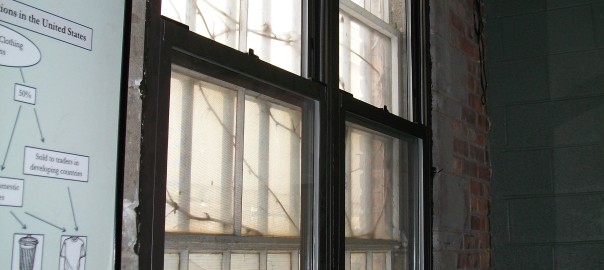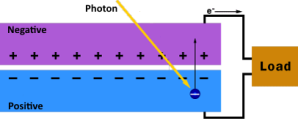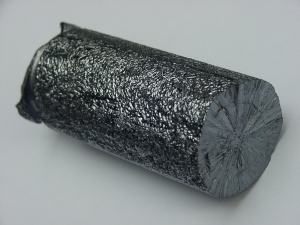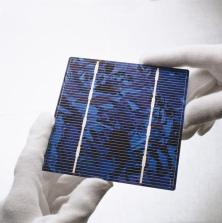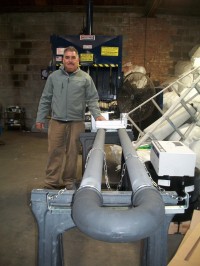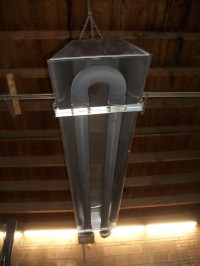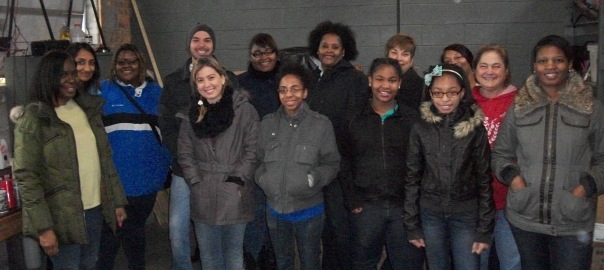Through the past few years The Gaia-Movement has had a small community garden outside of their warehouse and office facility. During this time we have become experienced with organic and permaculture gardening. We have also learned about the issues with the current food production and distribution system. It is only logical that we reach out farther into the community to spread the knowledge.
As we freeze through this winter we have to think about the warm spring and summer to come and start planning for planting in the spring. This year Gaia will work with different community groups to start and maintain community gardens, and promote local, healthy, and organic foods. Gaia will provide planning and advice, materials, and volunteers to make some great gardens with our partners.
7844 S Morgan Gaia will work with the Greater Auburn Gresham Development Corporation (gagdc.org) to revamp this garden. This will be a community worked and maintained garden. It is an area where affordable fresh vegetables are rare. The garden will provide residents with healthy food, and Gaia will provide knowledge on healthy gardening.
First UMC Chicago Lawn Food Pantry The church will organize a summer camp for local youth. Gaia will create a garden that will be run by the campers and volunteers. It will be way to show local kids that they can grow their own food and eat healthy, while having a positive impact on the environment. Each week Gaia will teach lessons to the kids and teens as we are maintaining the garden. The vegetables will go to the food pantry and kids.
Clarendon Park Gaia is working with the Clarendon Park Advisory Council to start a garden at the park. Area residents will be able to use plots to grow their own organic vegetables. Gaia will advise and provide help to build the garden. We will also give lessons on different aspects of organic and permaculture gardening. If you live in the area and are interested in growing your own vegetables in a plot please contact me.
SEED Gaia will work with the community group SEED Inc (seedincorporated.com) to create a community garden in the area. SEED has been doing great things in Alabama, and is currently looking for a location for a garden in the Chicago area. Gaia will provide knowledge to create the garden, and give lessons to promote and teach permaculture to the community. SEED uses gardens not only to provide healthy food, but also to create more community involvement and unity.
Green Street The garden at Gaia’s warehouse and office will also be planted again this year. The garden is maintained by volunteers and Gaia employees. The food goes to the volunteers, employees, and a local food pantry. This year the garden will be rearranged to make room for the solar PV panels that will take up part of the garden. The fruit trees will be have to be moved, but this will allow us to create more of a forest garden setting, which is a permaculture technique.
We are at the beginning stages of The Gaia-Movement’s Garden Project that will be sustained and expanded over many years. Each garden started this year will be worked on to increase yield in the next years. Area residents will be trained to maintain the gardens; so we can start new gardens in the future. We will also keep all of the gardens and organizations connected to share ideas, and work together on projects like co-op’s and seed banks.
We know our partnerships will promote healthy, organic growing and eating habits; and provide many people with fresh, local foods that aren’t otherwise available.
